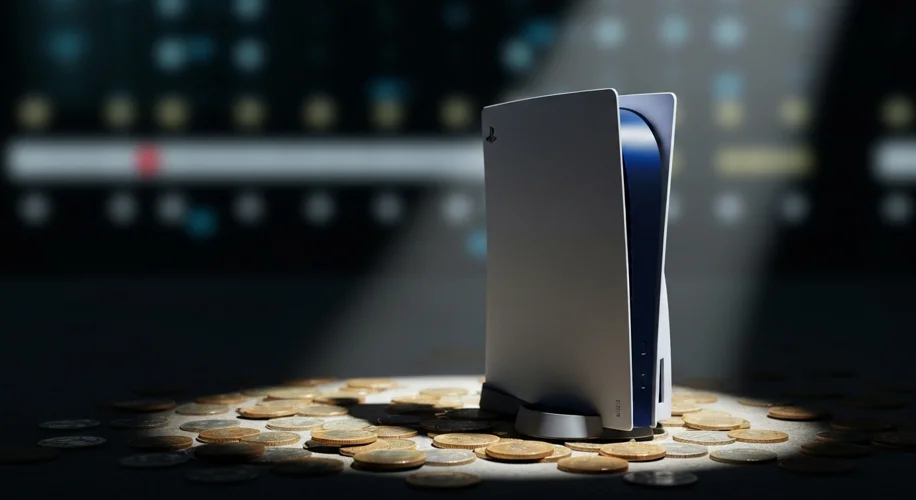Okay, so hear me out…
Remember the good old days of gaming? When you saved up your allowance for a new console, and it felt like a major investment? Well, looking at the prices of the PlayStation 5 and Xbox Series X|S today, it feels like we’ve entered a whole new era of console cost.
Let’s break down why these shiny new boxes are hitting our wallets so hard.
A Look Back: Console Prices Through the Decades
It’s easy to think modern tech is just inherently more expensive, but when you adjust for inflation, some of the consoles from the 80s and 90s were pretty pricey too. The original PlayStation, launched in 1995, cost around $300. If you adjust that for today’s inflation, it’s roughly equivalent to $570-$600.
The Nintendo 64, released in 1996, launched at $250, which would be around $480-$500 today. Even the Xbox 360, back in 2005, had a premium model hitting $399, which is about $570-$600 in today’s money.
Now, the PS5 and Xbox Series X typically launch around $499. On the surface, that doesn’t seem wildly out of sync with some of the higher-end consoles of the past when adjusted for inflation. But here’s the catch: that $499 price tag for the disc-drive versions often feels like the entry point. The digital-only versions are cheaper, sure, but if you want the full package, you’re still looking at a significant chunk of change.
What’s Driving the Cost?
Several factors could be pushing console prices up:
- Advanced Technology: These machines are powerhouses. They pack cutting-edge CPUs, GPUs, super-fast SSDs, and advanced cooling systems. Developing and manufacturing this tech isn’t cheap.
- Component Shortages & Supply Chain Issues: We’ve seen this across the tech industry. From semiconductors to memory, global supply chain disruptions and high demand can drive up the cost of raw materials.
- Research and Development: Companies pour billions into designing new consoles, creating new features, and ensuring compatibility. These R&D costs eventually get factored into the retail price.
- Tariffs and Trade Policies: Depending on where consoles are manufactured and sold, import duties and tariffs can add to the final price.
- Market Strategy: Sometimes, prices are set to position a console in a certain market segment. Companies might also subsidize the hardware to some extent, hoping to make up the difference through game sales and subscriptions.
Is It Worth It?
That’s the million-dollar question, right? For dedicated gamers who want the best performance and the latest titles, the price might feel justified. But for many, it’s a substantial investment that requires careful budgeting. It makes you think about what we expect from our gaming hardware and how much we’re willing to pay for that experience.
What are your thoughts? Do you feel like modern consoles are overpriced, or is the tech worth every penny? Let me know in the comments!

